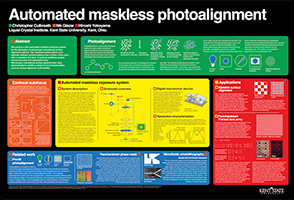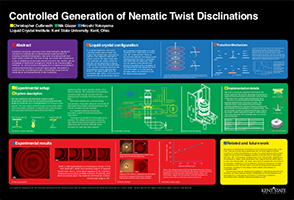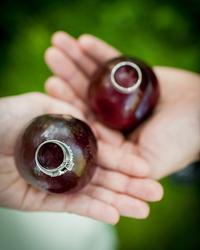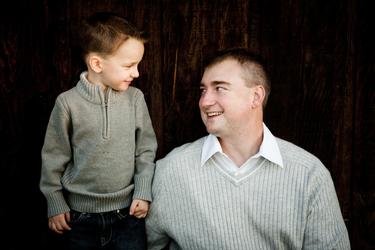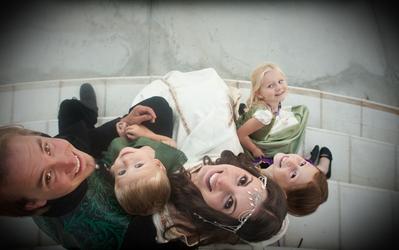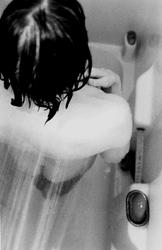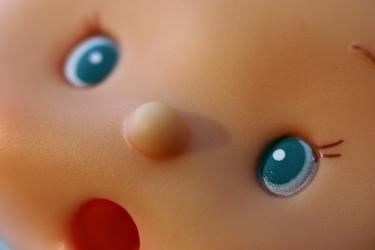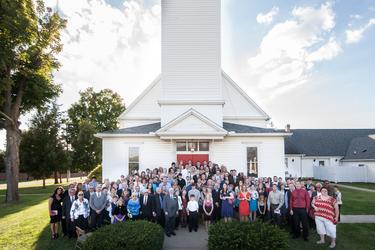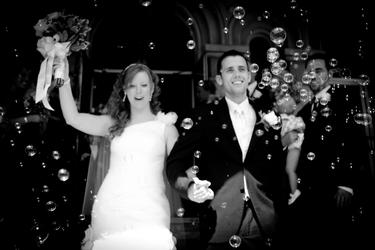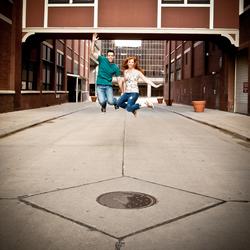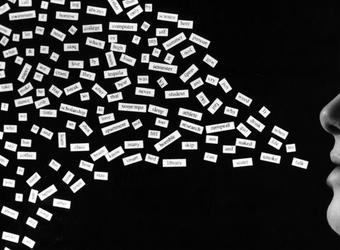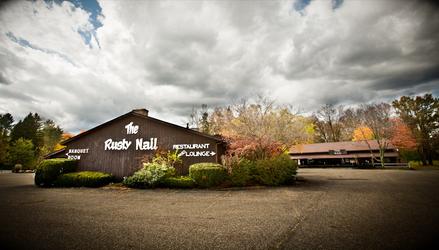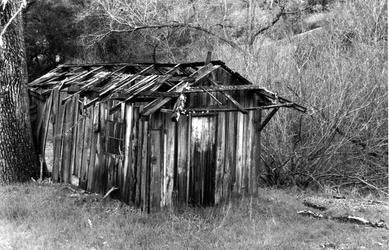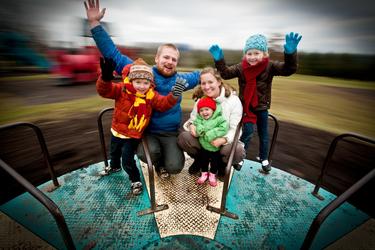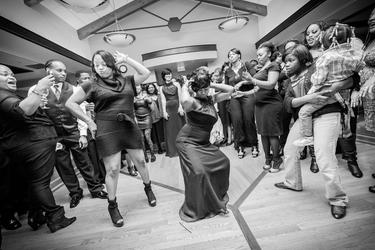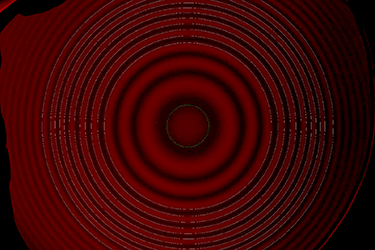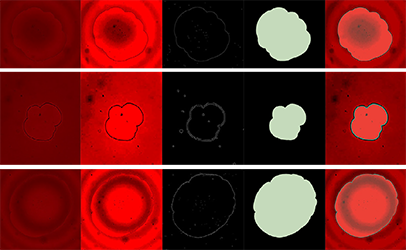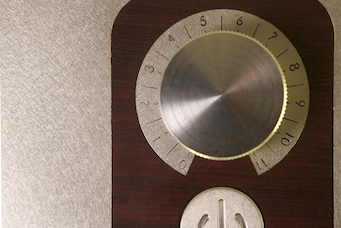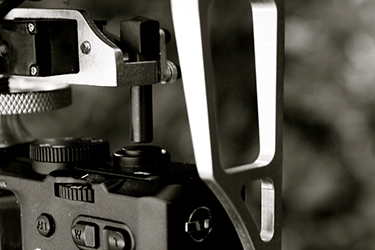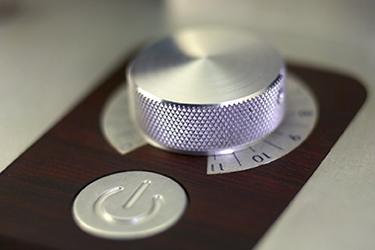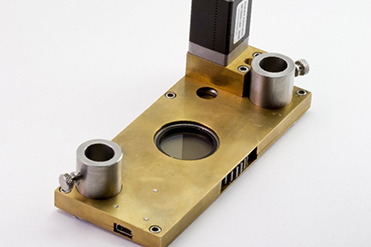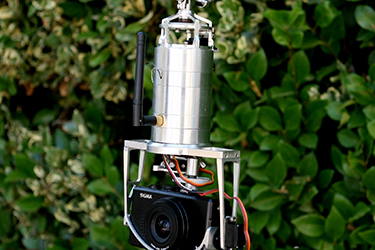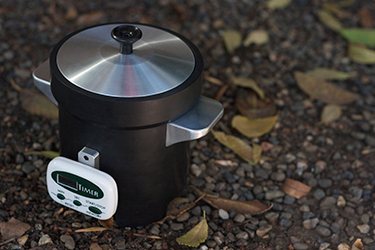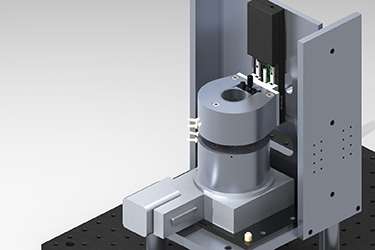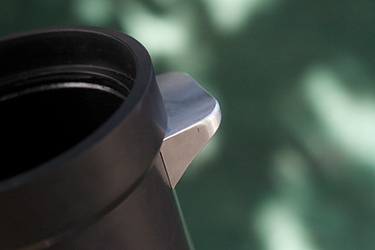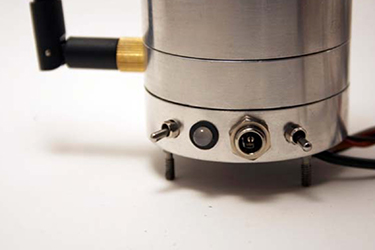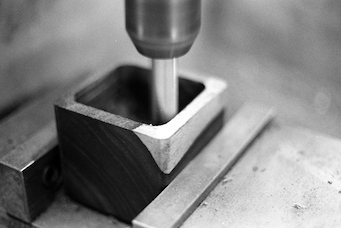Christopher Culbreath
Physicist · Educator · Programmer · Machinist
About Me
I’m a physicist, educator, and multidisciplinary engineer who thrives on solving tough problems with practical tools. With a PhD in Chemical Physics and a background spanning materials science, automation, education, machining, and programming, I bring both theoretical rigor and hands-on precision to every project.
Over the past decade, I’ve led projects in academic and industrial settings—designing automation systems, building custom instruments, teaching future engineers, and developing software platforms used by hundreds. I’m motivated by a love for elegant systems, a bias for clarity, and a deep respect for doing things well. Whether machining a custom part, building a control system, or explaining complex ideas, I’m driven by the same goal: to make the complicated intuitive—and make it work.
If you’re looking for a collaborative partner to build systems that matter, you’re in the right place.
Expertise
Materials Physics
Expert in experimental and computational research on active materials, including shape memory alloys and liquid crystals. Developed automated instrumentation, photolithography systems, and molecular dynamics simulations for material characterization and modeling.
Data Science
Applied physics intuition and mathematical rigor to large datasets and simulations. Experienced with error analysis, signal processing, Monte Carlo methods, and visualization tools like MATLAB, Mathematica, and Python.
Automation Engineering
Designed and implemented integrated control systems for casting furnaces, scientific experiments, and custom devices. Proficient in LabVIEW (Actor Framework), Python, C++, embedded systems, and real-time interfacing.
Communication & Teaching
Taught physics to hundreds of undergraduate engineers and mentored student research projects. Developed animations, lab exercises, and web content to make science accessible. Strong communicator across technical and non-technical audiences alike.
Software & Web Development
Created full-stack web applications (LAMP + JS), macOS desktop tools (SwiftUI), and internal systems like Physics Cloud (a custom LMS) and Chore Cloud (a chore/allowance manager for families). Prioritized intuitive interfaces and data-rich visualizations.
Photography & Print
Award-winning portrait photographer with background in optical systems, print production, and graphic design. Experienced with Adobe Creative Suite, pre-press layout, vinyl cutting, and offset printing.
Fabrication & Machining
Formally trained in CNC and manual machining, with experience in tool design, 5-axis CAM programming, and tight-tolerance part fabrication. Built experimental setups, robotic systems, and production-grade prototypes.
Technology
Languages

Frameworks
Apps



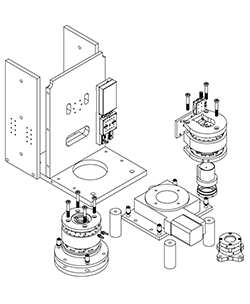 I design and build one-of-a-kind scientific instruments—custom tools that are purpose-built, cost-effective, and often more versatile than commercial alternatives. These platforms have supported research in photoalignment, optical metrology, and material defect analysis. Through collaborative senior projects and student-led initiatives, I guide undergraduates in design, machining, automation, and testing—making scientific research an integrated part of their education. In today’s world of open-source hardware and accessible microcontrollers, students can meaningfully contribute to real experiments while gaining practical skills and confidence.
I design and build one-of-a-kind scientific instruments—custom tools that are purpose-built, cost-effective, and often more versatile than commercial alternatives. These platforms have supported research in photoalignment, optical metrology, and material defect analysis. Through collaborative senior projects and student-led initiatives, I guide undergraduates in design, machining, automation, and testing—making scientific research an integrated part of their education. In today’s world of open-source hardware and accessible microcontrollers, students can meaningfully contribute to real experiments while gaining practical skills and confidence.
